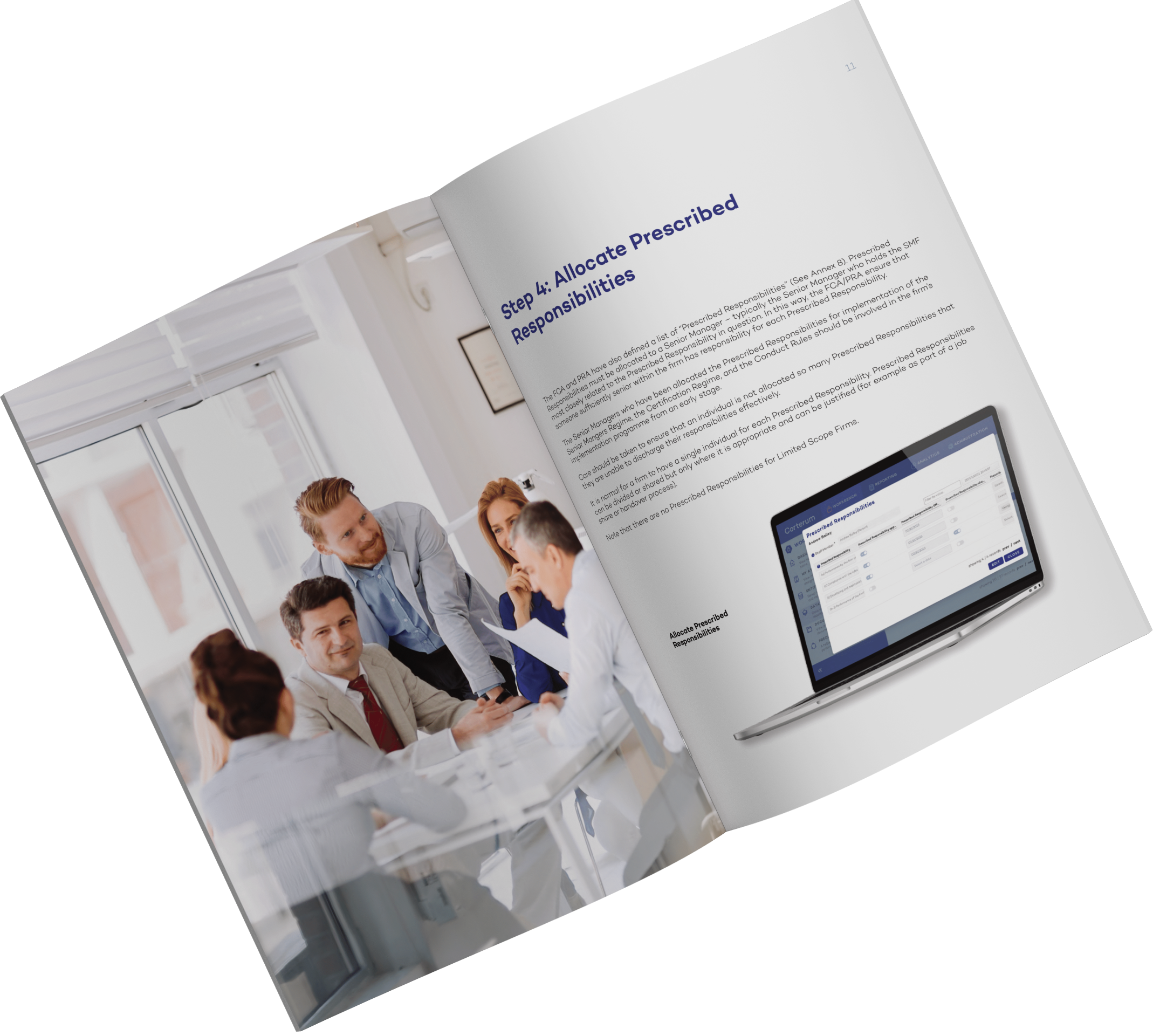Firms in receipt of a regulatory reference request must disclose any information relating to the individuals’ fitness and propriety going back six years[1] (calculated from the date on which a course of conduct has come to an end)[2]. However, any information relating to “serious misconduct” must be disclosed without time limit. [3]
In term of disclosing breaches of the Conduct Rules, firms should only disclose Conduct Rules breaches to the extent that actual disciplinary action (i.e. formal written warning, suspension/dismissal, or reduction/recovery of remuneration) was taken by the firm against the individual.[4] The reference should provide a factual description of the breach (including date(s) of when it occurred and the basis for the disciplinary action) and its outcome.[5]
The FCA would not normally expect criminal convictions to be disclosed in a regulatory reference.[6]
[1] SYSC 22.2.2(2) and (3)
[2] SYSC 22.5.9G
[3] SYSC 22.2.2R(3)(c)
[4] FSMA 2000, s 64C, PS16/22 “Strengthening accountability in banking and insurance: regulatory reference final rules”, page 11
[5] PS16/22 “Strengthening accountability in banking and insurance: regulatory reference final rules”, page 11
[6] PS16/22 “Strengthening accountability in banking and insurance: regulatory reference final rules”, page 18
“Serious Misconduct”
The removal of the six-year time limit in relation to cases of “serious misconduct” does not mean that time is an irrelevant consideration in these circumstances. The longer ago a matter occurred, the less likely it is to be “serious”. [1] They key question for firms to ask is how important the information is for the requesting firm’s assessment of the employee’s fitness for the particular function that they are going to perform. [2]
The FCA provides a list of factors to take into account in determining whether misconduct is “serious”. This includes whether:
- the individual has committed a serious breach of individual conduct requirements;
- the conduct in question caused the individual’s ex-employer to breach regulatory requirements;
- the individual’s conduct was dishonest;
- the conduct in question would have resulted in the individual being dismissed by his/her ex-employer; or
- the conduct was such that, if the ex-employer were considering the individual for a role today and became aware of the historical conduct, the firm would not employ the individual today, notwithstanding that time had passed.[3]
[1] SYSC 22.5.10G(2)
[2] SYSC 22.5.10G(3)
[3] SYSC 22.5.11G
